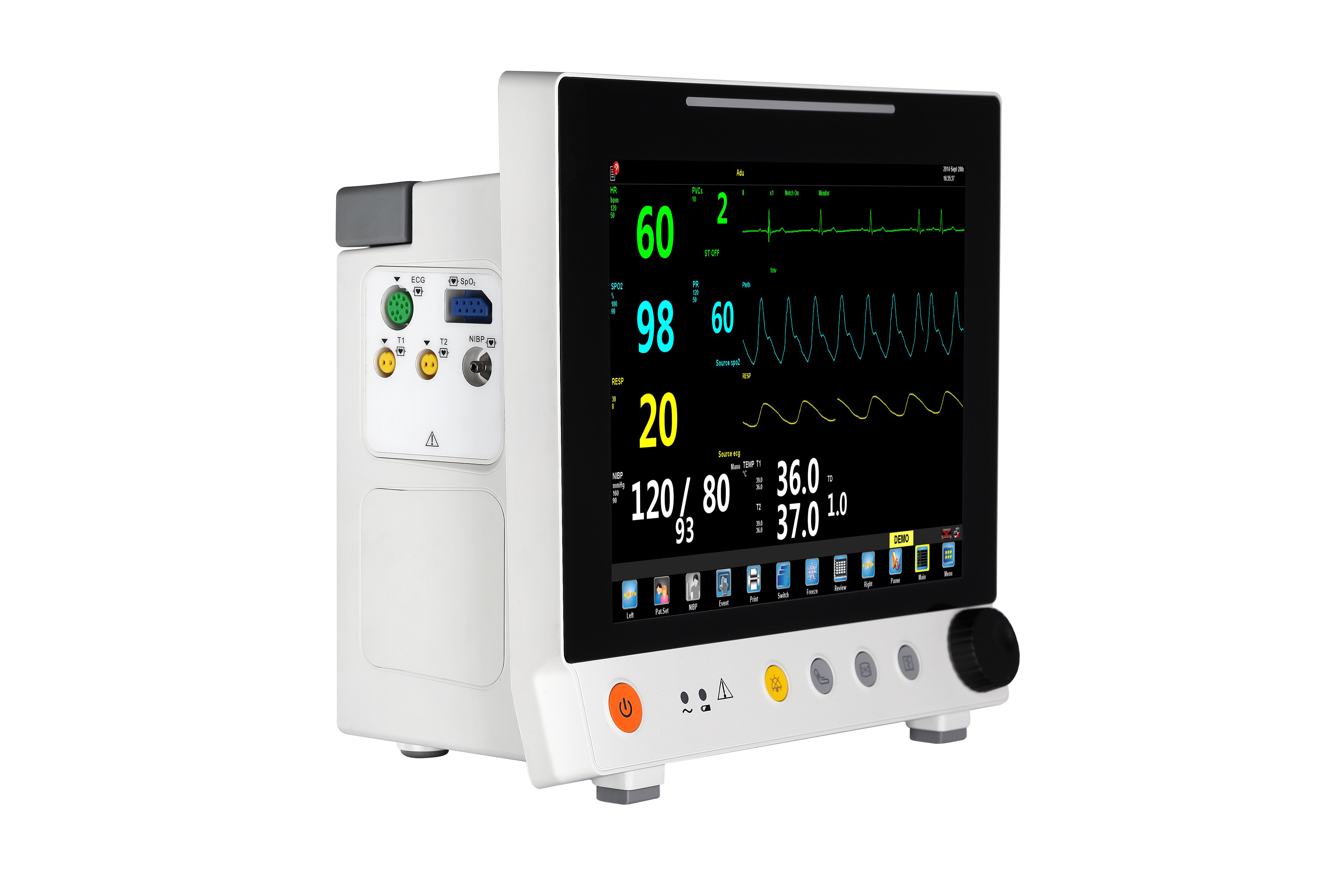What does SpO2 mean? (Pulse Oximetry)
SpO2 is an abbreviation for Saturation of Peripheral Oxygen.

What is The Normal SpO2 level? What Level of SpO2 is Dangerous?
General Pulse Oximetry Information
Pulse oximetry utilizes a pulse oximeter device to gauge the oxygen saturation in your red blood cells. The device will indicate your blood oxygen levels as a percentage. Individuals with lung conditions like chronic obstructive pulmonary disease (COPD), asthma, or pneumonia, as well as those who experience temporary cessation of breathing during sleep (sleep apnea), may have a higher likelihood of having low blood oxygen levels. The ability of pulse oximetry to offer an early warning for various lung-related issues is why some healthcare professionals suggest that COVID-19 patients monitor their oxygen saturation periodically. In general, clinicians often assess patients’ oxygen saturation levels during routine checkups as it is a quick and effortless method to identify potential health concerns or rule out others.
When was the first pulse oximeter Used?
In the 1860s, it was discovered that hemoglobin was responsible for transporting oxygen in the blood. However, it took another seventy years before this knowledge could be directly applied to humans. In 1939, Karl Matthes developed an early version of pulse oximeters by using red and infrared light to continuously measure oxygen saturation levels in the ear. During World War II, Glenn Millikan further advanced this technology to address the issue of pilots blacking out at high altitudes. He connected an ear oximeter to a system that supplied oxygen directly into the pilot’s mask when oxygen levels dropped too low. Over the next two decades, blood oxygen saturation moved from the laboratory to clinical settings, leading to the invention of an eight-wavelength ear oximeter in 1964. However, this device was primarily limited to sleep laboratories and pulmonary studies due to its bulkiness and cost.
The first true pulse oximeter was invented in 1972 by Takuo Aoyagi, a bioengineer for Nihon Kohden. Initially, Aoyagi was attempting to track the dilution of dye using an ear oximeter to measure cardiac output. However, he discovered that the noise created by the subject’s pulse was solely due to the change in arterial blood flow. After years of work, Aoyagi developed a two-wavelength device that accurately measured oxygen saturation levels by utilizing the changes in arterial blood flow. Susumu Nakajima then used this technology to create the first usable clinical device for pulse oximetry, which was tested on patients starting in 1975. However, it wasn’t until the early 1980s that Biox released the first successful commercial pulse oximeter for the respiratory care market. By 1982, Biox received reports of their devices being used to…
Which Types of Devices Can Measure Your Oxygen Saturation Level?
Generally speaking, there are three types of devices medical professionals use to measure a patient’s oxygen saturation levels: a multipurpose, or multiparameter, a patient monitor, a bedside or handheld pulse oximeter, or a fingertip spot-check pulse oximeter. The first two categories of monitors are able to continuously measure the patient and generally can display or print a graph of their oxygen saturation over time. The spot-check oximeter is designed primarily to take a snapshot recording of the patient’s saturation at a particular moment in time, so these are primarily used during checkups in clinics or doctor’s offices.
Multiparameter monitors can include devices such as the Gemini Patient Monitor.
How can U1 Help?
U1 Technology maintains a constant stock of continuous SpO2 measurement devices for medical professionals from full-featured patient monitors to bedside pulse oximeters to small handheld devices. As a vendor-neutral supplier, we are able to help our hospital, surgery center or clinic customers consider their options among many models and manufacturers so contact your dedicated sales rep to learn which model would work best for your facility!
Post time:2025-04-07